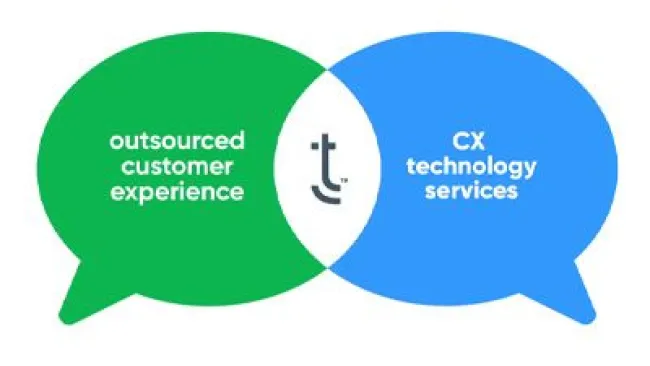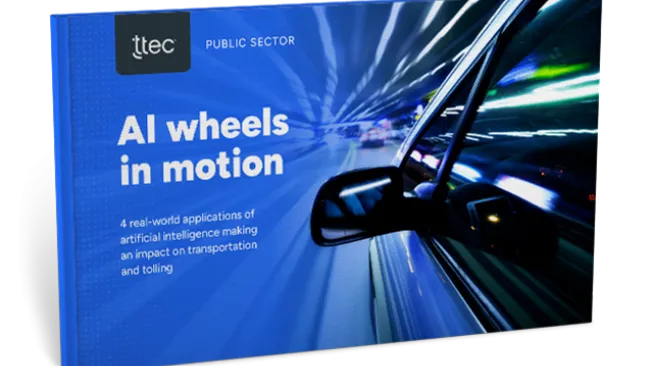You have a contact center with operators standing by, more representatives fielding customer emails, click-to-chat associates engaging online, and even a social media guru handling customer tweets and posts. With all this investment in technology and human capital, you’d think that your company’s NPS score would be through the roof. Yet it’s stagnant, or even worse, dropping.
So, what gives?
For insight into what’s going on, we need only dig a little bit deeper into the source of consumers’ dissatisfaction. What is fundamentally lacking in the modern contact center is not technology, different channels, or even knowledgeable staff. It’s simply that each of these components is separate and discreet, with no integration.
As you read this post, the fourth in our Customer Journey blog series, ask yourself the following: Is your contact center a cohesive ensemble, with each instrument and musician working to create a symphony of customer satisfaction? Or is it just an assemblage of random people playing whatever instrument is handy while they listen to headphones?
Achieving harmony
As a starting point, it’s important that your “symphony” has a fair complement of “instruments.” While customer service historically was anchored by a contact center and maybe someone answering emails every couple of days, in today’s digital world, this simply isn’t acceptable. Companies looking to deliver relevant and engaging customer experiences need to provide interactions in the channels customers use every day.
Your symphony also needs to have uniform depth and investment in each channel. It’s no good if your string section is top-notch, your brass section is awe-inspiring, but your percussion unit consists of a toddler banging on the lid of a coffee can. To your customers, every channel is the face of your company, and bad experiences in one channel can lose customers across all of them. It’s crucial to provide ongoing training and coaching to ensure that all associates maintain and develop their skills and knowledge to deliver a unilaterally superior customer experience in each channel.
Merely having the right “instruments” in place isn’t enough. For instance, while one study found that 60 percent of companies operate, or will soon operate, multichannel contact centers across at least eight different touchpoints, getting those channels to play together smoothly is often a challenge. The inability of customers to continue an interaction started in one channel in another and having to begin the transaction all over from scratch can be maddening. There are few things more frustrating than talking to an associate at length about an issue, being transferred, and then being asked yet again to identify yourself and the reason for your call.
To keep everyone on the same page, companies need to have an integrated solution that allows for all interactions to be tracked, recorded, and accessed on a single system. A unified solution allows each representative, whether fielding emails, telephone calls, online chat, or any other method of communication, the ability to see both real-time and historical data.
Having these tools in place can get your symphony in tune, allowing associates and customers to sing in two-part harmony throughout their journey, resulting in the beautiful music of loyal customers—and a differentiated customer experience.
Interested in learning more about the benefits of customer journey mapping? Check out our eBook on the topic to discover five best practices for optimizing the omnichannel customer experience.
Also, check out the most recent issue of our eNewsletter.
Keeping Your Customer Journey Symphony in Tune















